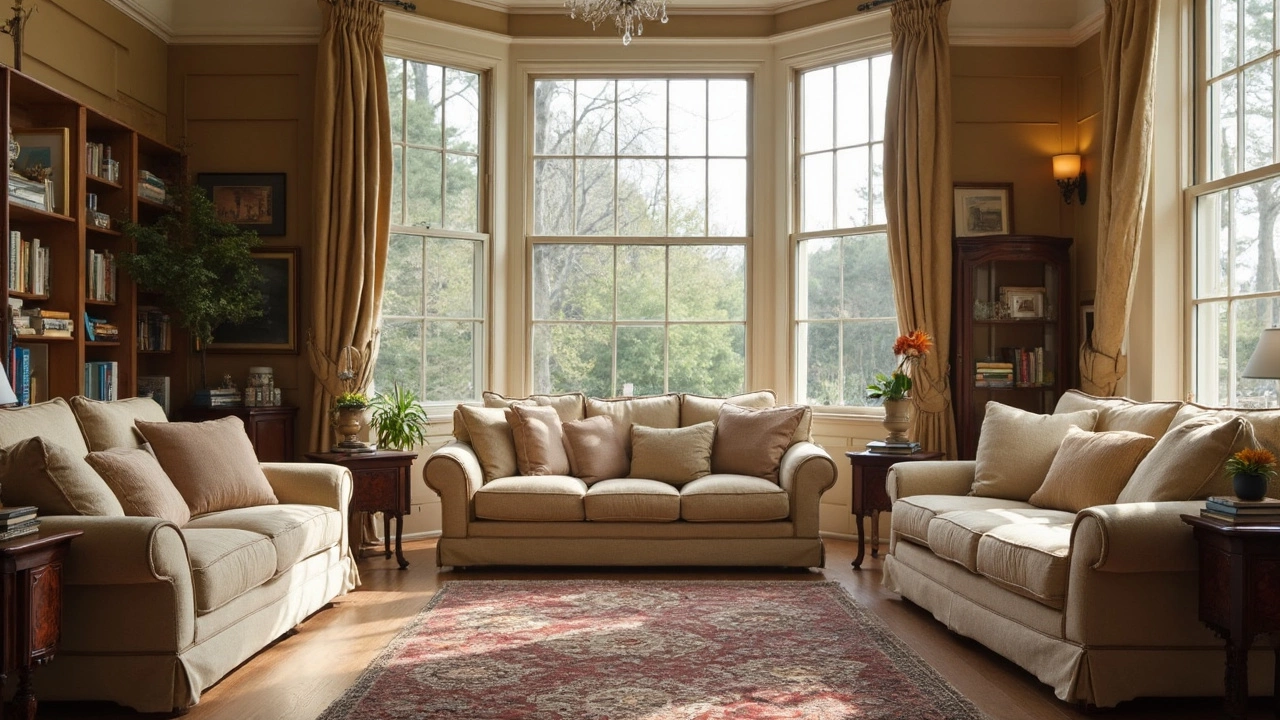Choosing the right foam density for your sofa can make all the difference in comfort and longevity. This article delves into different foam options, explains what foam density means, and provides tips for selecting the most suitable option for your needs. We'll explore how foam impacts both the feel and durability of your furniture. You'll learn how to match foam density with your lifestyle so you can make a well-informed purchase.
Foam Types – Your Quick Guide to Picking the Right Foam
When you hear "foam" you might picture a couch cushion or a carpet pad, but foam comes in many flavors, each built for a specific job. Choosing the right one can stop squeaky floors, prevent sagging sofas, and keep your bathroom quiet after a night‑time splash. This guide breaks down the most common foam types and shows where they shine in a home remodel.
Open‑Cell vs. Closed‑Cell Foam
Open‑cell foam feels soft and breathable. It’s great for upholstery, bedroom mattresses and any place you want a little give. Because the cells are connected, air moves through, so it dries fast and stays comfy in warm rooms.
Closed‑cell foam is denser and blocks air. That makes it a solid choice for under‑tile foam, sound‑proofing under ceilings, and outdoor insulation where moisture resistance matters. It won’t compress as much, so it keeps the floor level even under heavy tile.
Memory Foam, High‑Density Foam and Latex
Memory foam is the slow‑release champion. It molds to weight, then sighs back to its original shape. Use it for premium sofa cushions or a bathroom mat that hugs your feet after a shower.
High‑density foam (usually 30‑40 lb/ft³) holds its shape under constant pressure. It’s the go‑to for long‑lasting sofa seats, commercial furniture and under‑layment for stone tiles where you need a firm, level base.
Latex foam, natural or synthetic, gives bounce and durability together. It’s resilient, resists mold and works well for outdoor patio cushions or a kitchen floor pad that wants a bit of spring.
Specialty Foams for Tiles and Walls
Polyurethane (PU) foam panels are thin, light and perfect for wall insulation behind tile backsplashes. They keep heat in and noise out without adding bulk.
Expanded polystyrene (EPS) or extruded polystyrene (XPS) boards are stiff, waterproof and cheap. Lay them under floor tiles in a damp basement to stop moisture from seeping up.
How to Pick the Right Foam for Your Project
1. Know the load. Heavy tile or a stone countertop needs a high‑density or closed‑cell underlay. Light decor items can get away with open‑cell.
2. Think about moisture. Bathrooms, kitchens and basements demand water‑resistant closed‑cell or EPS boards.
3. Check the R‑value. For insulation, higher R‑value means better thermal performance. Look for foam ratings on the packaging.
4. Consider comfort. Sofas, mattresses and floor cushions benefit from memory foam or latex for that plush feel.
5. Budget vs. lifespan. Cheap foams may compress quickly, costing you more in the long run. Investing a bit more in high‑density or latex often saves money later.
By matching the foam’s structure to the job, you avoid common headaches like squeaky floors, sagging seats or damp patches. The right foam also helps your tiles stay level, your furniture stay comfortable, and your walls stay quiet.
Got a specific project in mind? Grab a sample of each foam type, press it with your hand, and see how it feels. If it bounces back quickly, you’ve found a high‑density or latex option. If it sinks in and recovers slowly, you’re looking at memory or open‑cell foam. Test a few, and you’ll pick the perfect match without guessing.
Remember, foam isn’t a one‑size‑fits‑all material. Knowing the basics – open vs. closed, density, memory, latex, and specialty boards – lets you use foam the smart way, whether you’re upgrading a kitchen, refreshing a living room, or laying new tiles. Happy renovating!
